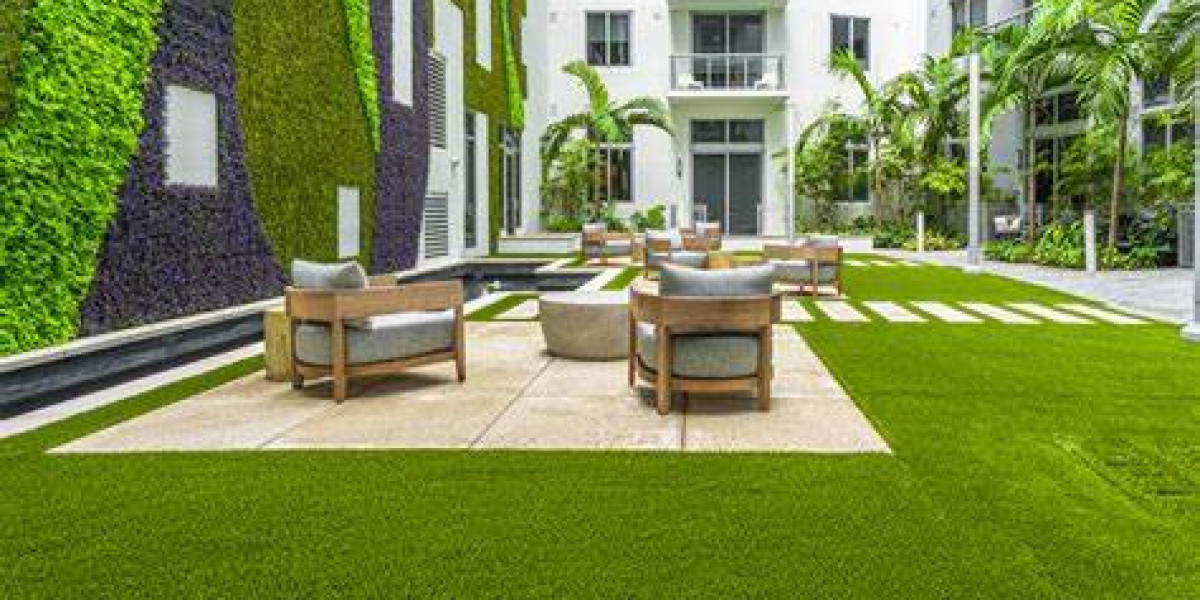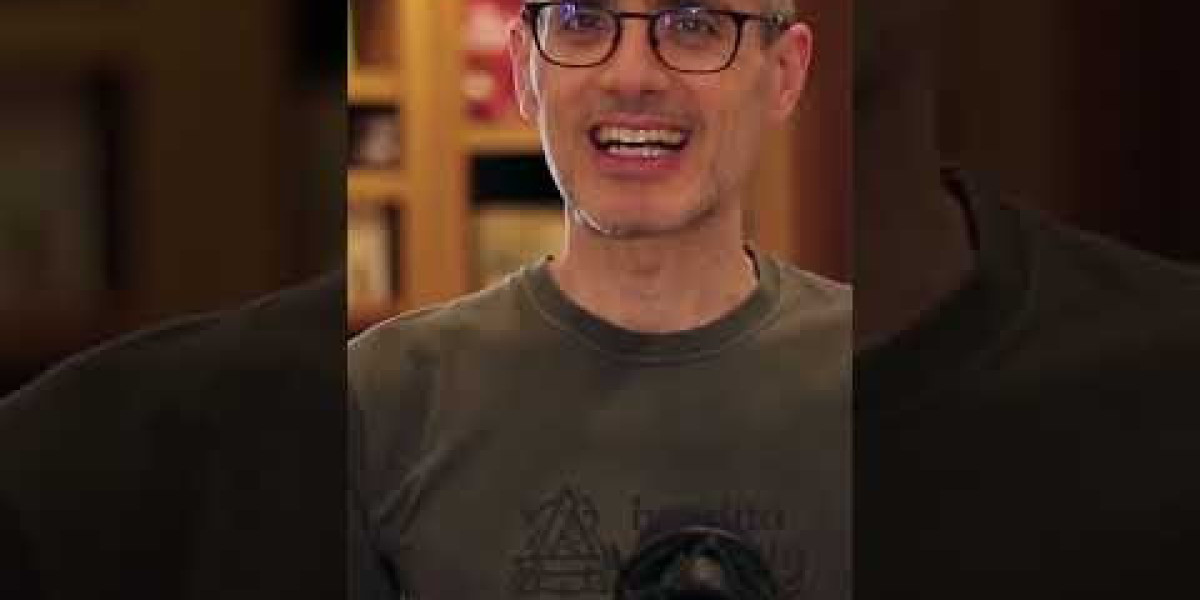The installation of synthetic grass has gained popularity due to its low maintenance, durability, and aesthetic appeal. Many homeowners and businesses are considering this option to achieve a green, lush lawn year-round without the hassle of traditional grass upkeep. A common question that arises during the planning phase is whether synthetic grass can be installed over natural grass. This guide will explore the feasibility, advantages, and potential issues associated with this method, providing a comprehensive overview to help you make an informed decision.
Understanding Synthetic Grass Installation
Synthetic grass, also known as artificial turf, is designed to mimic the look and feel of natural grass while requiring minimal maintenance. The installation process generally involves several steps:
- Site Preparation: Removing existing vegetation and debris, grading the soil, and installing a base layer.
- Base Layer Installation: A layer of crushed rock or gravel is laid down to provide drainage and a stable foundation for the synthetic turf.
- Weed Barrier: A weed barrier fabric may be placed to prevent weeds from growing through the synthetic grass.
- Turf Installation: The synthetic grass is rolled out, cut to fit the area, and secured in place.
- Infill Application: Infill material, such as sand or rubber granules, is spread over the turf to help maintain its shape and provide cushioning.
Installing Synthetic Grass Over Natural Grass
While it is technically possible to install synthetic grass over natural grass, it is not always the most recommended approach. Here are some key considerations:
- Preparation and Leveling:
- Natural Grass Removal: For a proper installation, natural grass should be removed before laying synthetic turf. The existing grass and roots can create an uneven surface, which might affect the installation and performance of the synthetic grass.
- Soil Compaction: Natural grass and its root system can contribute to soil compaction. If the grass is not removed, the synthetic turf may not sit evenly, potentially leading to uneven surfaces or dips.
- Drainage Issues:
- Water Retention: Natural grass absorbs water, but when synthetic grass is installed over it, the water cannot drain properly. This can lead to water pooling and potential damage to the synthetic turf over time.
- Weed Growth: Although a weed barrier can help, some weeds may still find their way through the synthetic grass if the natural grass is not completely removed.
- Turf Stability:
- Foundation Stability: A stable base is crucial for synthetic grass installation. Installing synthetic grass over natural grass might compromise the stability of the base, leading to potential issues with turf movement or unevenness.
- Surface Issues: The texture and height of natural grass can affect the appearance and feel of synthetic grass. The natural grass may create lumps or bumps, which can be visible through the synthetic turf.
- Long-Term Maintenance:
- Maintenance Complexity: If synthetic grass is installed over natural grass, it can be more challenging to address issues such as pests or drainage problems. Regular maintenance might be required to ensure the longevity of the installation.
Advantages of Removing Natural Grass
- Enhanced Durability:
- Longevity: By removing natural grass, you create a more stable and durable foundation for synthetic turf. This enhances the lifespan of the synthetic grass and reduces the likelihood of problems such as uneven surfaces or drainage issues.
- Better Drainage:
- Effective Water Management: With natural grass removed, you can ensure proper drainage through the base layer, preventing water from pooling and extending the life of the synthetic grass.
- Improved Appearance:
- Smooth Surface: A well-prepared base ensures a smooth and even surface for the synthetic grass, enhancing its appearance and functionality.
- Simplified Maintenance:
- Easier Upkeep: Without natural grass, there are fewer concerns about weeds, pests, and other issues that might affect the synthetic turf.
Alternative Methods
If removing natural grass is not feasible for you, consider the following alternatives:
- Top-Dressing: A method where a thin layer of soil or sand is added to level the existing grass before installing synthetic turf. This can help with minor unevenness but may not address all issues.
- Paving or Decking: In some cases, installing paving or decking over natural grass before placing synthetic turf can create a stable and level surface.
- Professional Advice: Consulting with a professional installer can provide personalized recommendations based on your specific situation, including whether natural grass removal is necessary or if alternative methods are viable.
Conclusion
While it is possible to install synthetic grass over natural grass, it is generally not the preferred method due to potential issues with drainage, stability, and maintenance. Removing natural grass before installation provides a more stable and durable foundation, ensuring better performance and longevity of the synthetic turf. If removal is not an option, consider alternative methods or seek professional advice to achieve the best results. By addressing these considerations, you can enjoy a beautiful and functional synthetic lawn that meets your needs and preferences.
Does synthetic grass get hot in the sun?
Yes, synthetic grass can get hot in the sun. Like many materials, artificial turf absorbs and retains heat, especially under direct sunlight. The degree of heat can vary based on several factors:
- Material: Synthetic grass is typically made from polyethylene, polypropylene, or nylon. Each material has different heat retention properties, with nylon generally becoming hotter than polyethylene.
- Infill: The type of infill used in synthetic turf can impact its temperature. Common infill materials like rubber granules or sand can contribute to heat retention. Rubber, in particular, can make the surface feel significantly warmer.
- Color: Darker-colored synthetic grass absorbs more heat compared to lighter shades. Dark green or black turf will generally become hotter than lighter or more neutral colors.
- Weather Conditions: Ambient temperature, sunlight intensity, and duration of exposure all affect how hot the synthetic grass becomes. On a sunny day, especially during peak heat hours, the turf can reach temperatures much higher than the surrounding air.
To mitigate heat, some manufacturers offer cooling infill options or special coatings that can help reduce surface temperatures. Additionally, regularly watering the synthetic grass can cool it down temporarily, although this is a short-term solution and not always practical. If heat is a significant concern, considering lighter-colored turf or exploring products designed for heat reduction might be beneficial.








